Product photography on Amazon - 8 Key Technical Requirements of the Photos
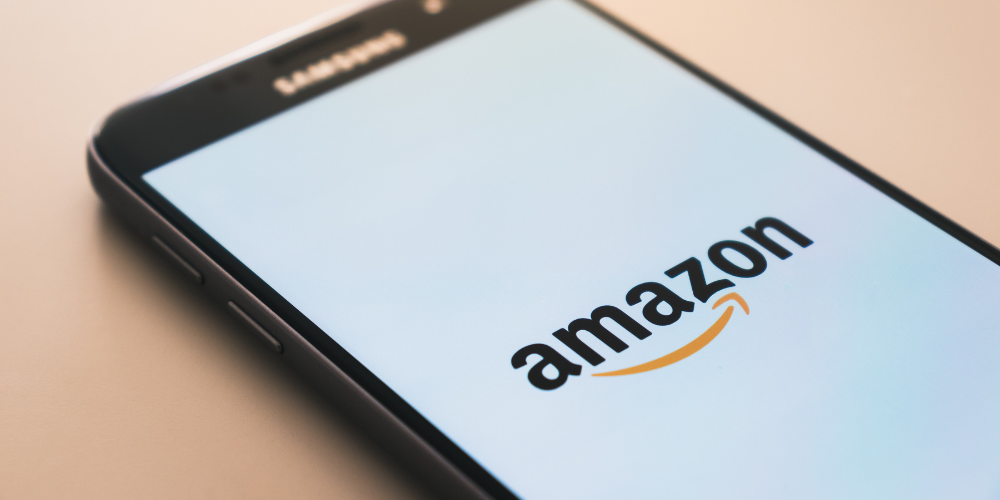
As an Amazon seller, you know that good product photography is essential to your success on the platform.
After all, your product photos are the first thing potential customers see when they find your listing. To win the Buy Box and make sales, you need high-quality product photos that meet Amazon’s technical requirements.
In this blog post, we’ll review those requirements and give tips on making your photos stand out from the competition.
Amazon Product Photography Requirements
If you want to sell Amazon products successfully, a high-quality product photo is a must. To have your product photos stand out from the competition and attract customers, there are certain technical requirements that must be met.
First and foremost, all photos must be at least 1,000 pixels on the longest side. This ensures that your photos will appear clear and sharp when customers view them on Amazon’s website. Additionally, photos should be saved as JPEG files with 300 pixels per inch resolution.
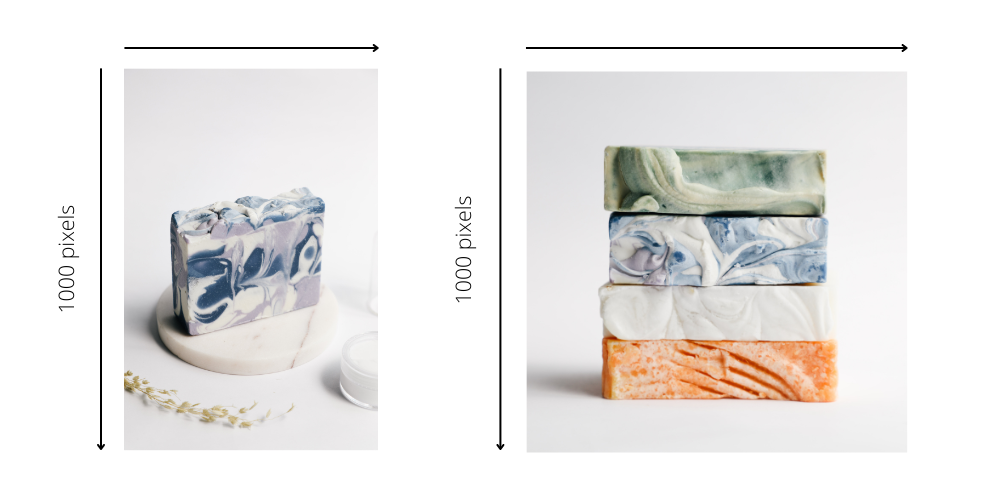
Regarding composition, Amazon product photos should include the entire product in the frame. This means that there should be no background clutter or distractions. The focus should be solely on the product itself. Additionally, all relevant details, such as size, color, and special features, should be visible in the photo.

Finally, it’s important to use professional lighting when taking Amazon product photos. This will ensure that your photos look their best and accurately represent your products. Natural light is always best, so take your photos near a window or outdoors. If you do need to use artificial lighting, make sure it’s diffused and not too harsh.

By following these technical requirements for Amazon product photography, you can be sure that your photos will stand out from the competition and attract customers to your listings.
The Ideal Amazon Product Photo
Amazon is a visual platform, so high-quality product photos are key to success. Here are the technical requirements for the ideal Amazon product photo: 1. Dimensions: a minimum of 1000 pixels x 500 pixels, which will allow the product photo to be zoomed freely. Minimum resolution of 300 PPI.
2. JPEG format is preferred, and the file size should not exceed 10 MB. If your photos are larger than this, they will not be accepted.
3. TIFF format is also acceptable, but files must be compressed using LZW compression.
4. File names must include the product identifier (ASIN, ISBN, or UPC) followed by a period and the appropriate file extension (example: B000123456.jpg).
5. The main image must be placed in the center of the square so it’s easily viewable on mobile devices.
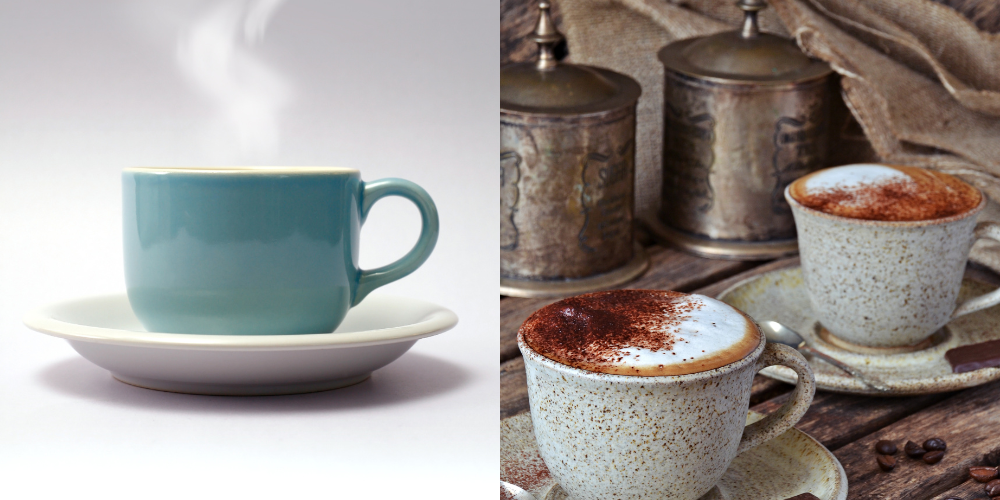
6. Fill 100% of the image square with your product image against a pure white background with no borders.
7. Avoid close-ups of small details; focus on showing the entire product from one angle.
8. The object should take up 85% of the photo’s longer side. This condition was implemented to avoid wide margins and the product’s appearance as a little item in the center of a white void. 85% refers to the product’s longest dimension, therefore in a 1000px photo, a pencil’s length should be at least 850px.
File formats on Amazon
1. JPEG. Amazon recommends this format the most. It is also the most widely used image format on the Internet. It provides the best compression with the least amount of quality loss. The resulting JPEG files are tiny. Digital cameras may immediately encode photographs into JPEG format. This format may be edited with any post-processing application.
Suggestion: When capturing JPEG images, choose the highest quality level on your camera (for example, JPEG Large Fine on a Canon camera). Save with a compression ratio of 96 after processing (the difference in quality between 100 A 96 is imperceptible, while the size is much smaller).
2. GIF. An earlier and more restrictive graphic storage format. One of its benefits is the ability to create dynamic visuals and add transparency to photos. The biggest drawbacks are the limited amount of colors (8-bit 256 colors) and the relatively large file size. You should avoid GIF since Amazon does not support animated GIFs and it offers no advantages over other formats.
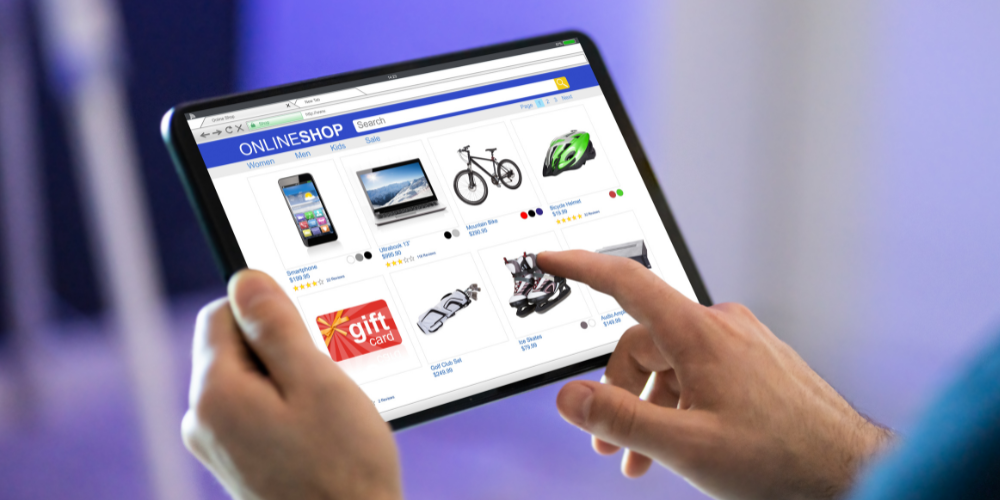
3. TIFF. This format is still used in DTP and stores all of the information required to create a high-quality photograph. You may also make multi-page files using it. You’ll work with smaller files and lower compression ratios than JPEG. Transparency may be added without sacrificing quality owing to compression. If you’ve worked with Tiffs previously, this is a decent alternative to JPEG. Before submitting the TIFF to Amazon, remember to remove the excess layers.
4. PNG. On the Internet, this is a fairly common file format. It provides lossless compression and transparency at the cost of increased file size. My advice is to utilize it to upload non-photographic pictures such as schematics, sketches, etc. Such visuals compress nicely with PNG, and you avoid the quality reduction associated with JPEG.
Quick Tip: All picture formats are compressed further by Amazon. You will have the best results if you select files with no or little compression for your listing.
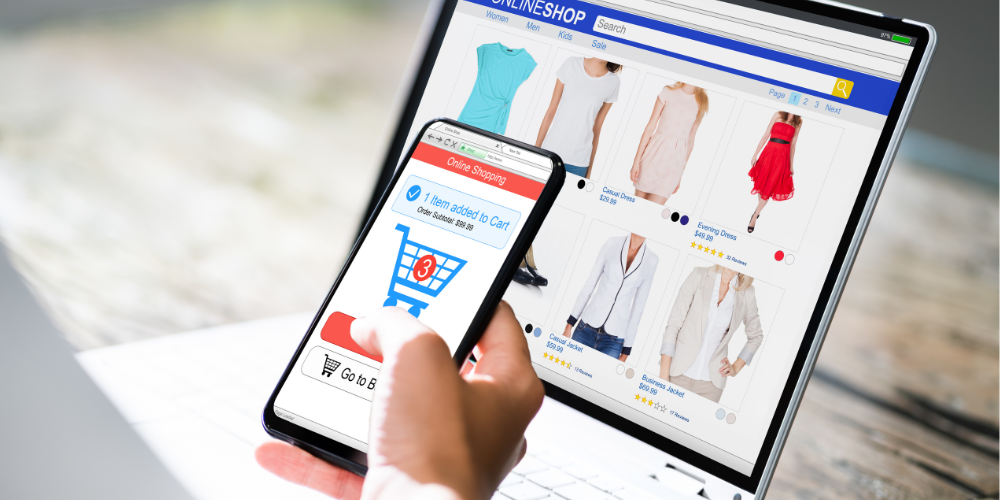
Main auction photo
The main auction photo is the first photo that appears when customers search for and view your product on Amazon. The photo also appears in your ad campaigns and product detail pages. The requirements for the main auction photo differ from those for other photos in your product listing.
The main auction photo must be at least 500 pixels on each side and cannot exceed 10 MB in file size. Additionally, the image must have a white background that does not include any props or additional images.
The photo’s focus should be on the product itself, and it should be clear and in focus. Any text included in the image should be legible.
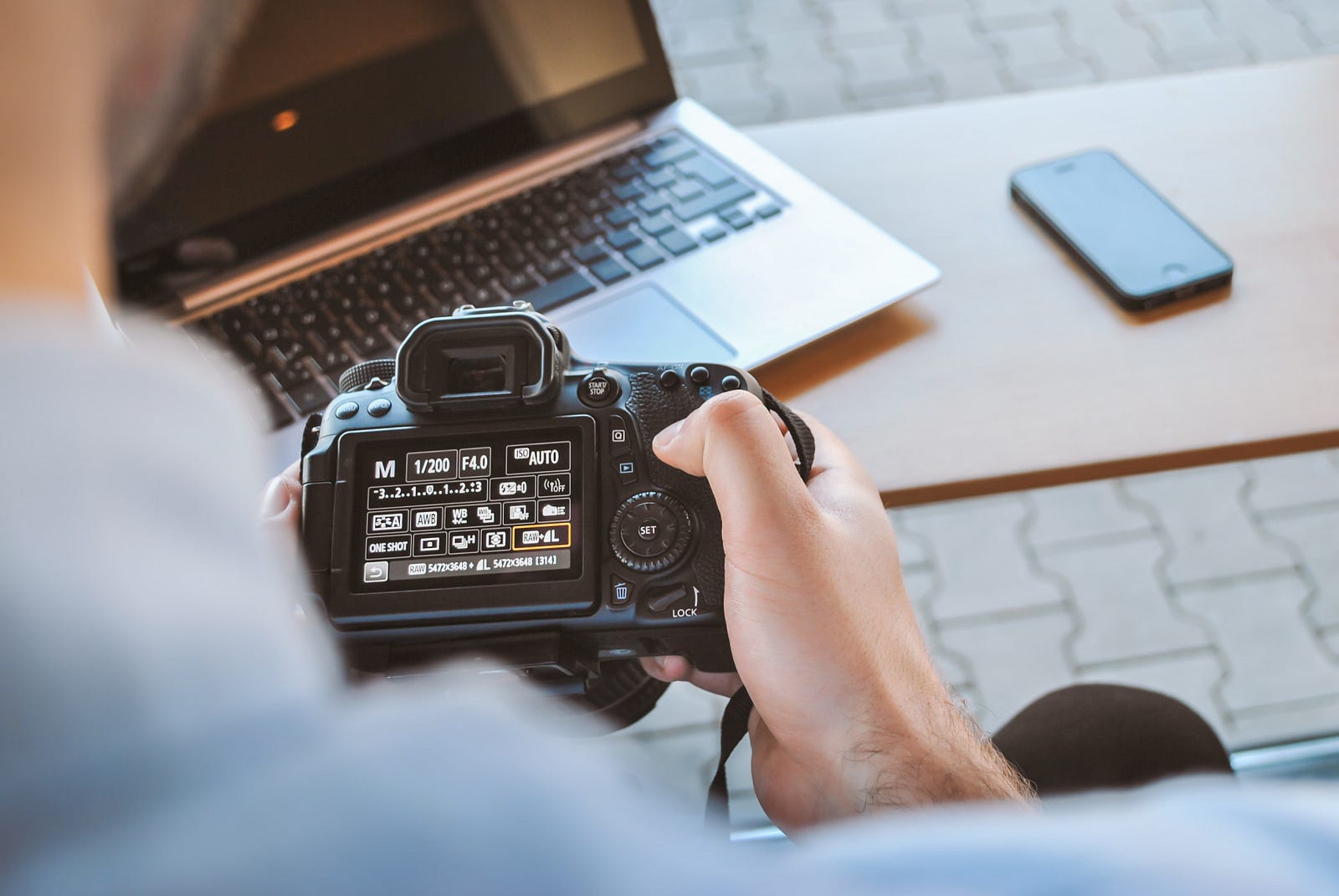
How to optimize product photos on Amazon?
In order to optimize product photography on Amazon, it is important to understand the technical requirements for photos.
First and foremost, all photos must be at least 1,000 pixels on the longest side. The file format should be JPEG or TIFF, and the color mode should be sRGB. Photos should also have a minimum resolution of 72 pixels per inch.
It is also important to make sure that photos are well-lit and clear. Shadows can make products appear smaller than they actually are, so it is important to use diffused lighting when taking photos. If possible, use a light tent or shoot against a white background to minimize shadows.
Finally, use a tripod or other stabilization device to keep the camera steady and avoid blurry photos.
If you want to use product photo editing tools, choose those that produce a natural, sales-friendly effect. One of the best such tools is Deep-image.ai. AI-based photo enhancer optimized for product photography.
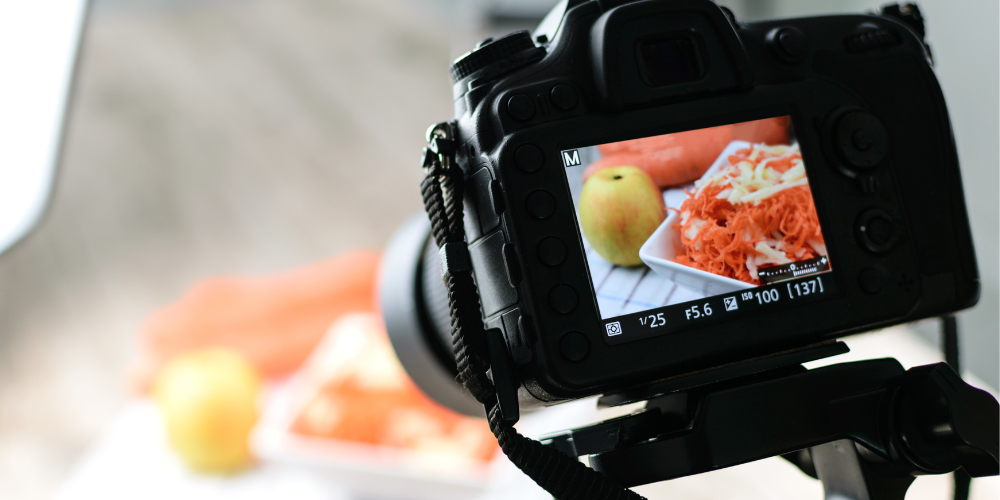
Conclusion
To conclude, product photography on Amazon is a great way to make your listing stand out from the competition. By following the technical requirements and taking some time to style your shots, you can create images that will grab attention and help convert viewers into buyers. Use our tools to get the backgrounds processed or cropped images upscaled. When it comes to product photos, Deep-Image.ai is your best friend who will help you make those products pop!
So what are you waiting for? Get started today and see the results for yourself!

